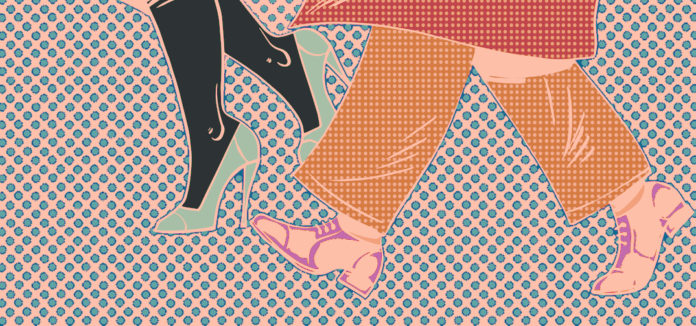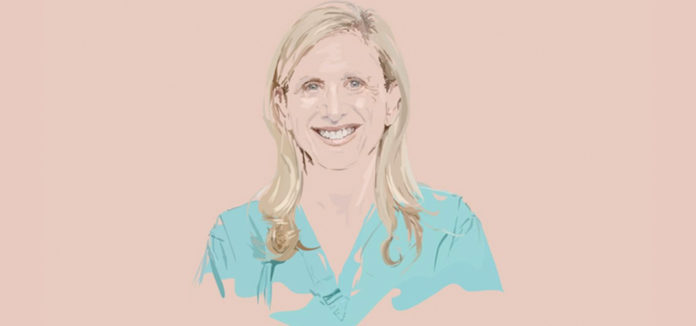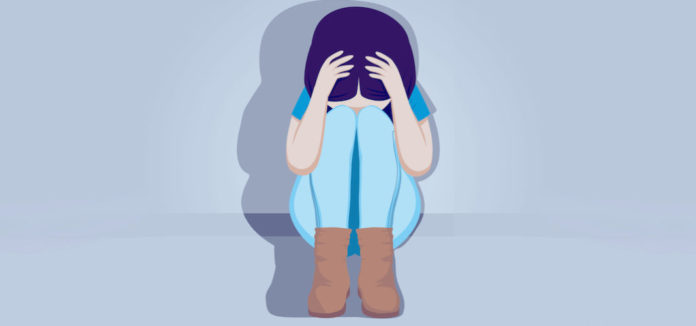Art historian, Optimist, Friend
Walk Yourself to the Top
When characters go for walks in literature, it often signals a period of character development. Walks often function as metaphors for epiphanies and revelations. The transformational power of walking isn’t only for characters in Jane Austen novels. In real life, many people claim they generate their best ideas and do their best thinking when walking.
New research illustrates that the link between creativity and walking isn’t merely anecdotal. A Stanford study found that walking boosts creative inspiration. The participants who walked rather than sat consistently gave more creative responses on tests used to measure creative thinking, such as thinking of alternate uses for common objects and coming up with original analogies to capture complex ideas. In fact, a person’s creative output increased by an average of 60 percent when walking.
To determine whether the act of walking itself was the source of creative inspiration rather than being outside, the researchers compared responses from participants walking on a treadmill indoors facing a blank wall and walking outdoors in fresh air with responses of participants sitting inside or being pushed in a wheelchair outside. Interestingly, being inside or outside didn’t make a difference. The participants who walked whether inside or outside had strong results compared to those sitting.
If you need a boost of creativity, go take a walk. Of course another great option is a treadmill desk. I recently got one and am loving it. I already feel more creative but perhaps I should limit my expectations. As one of the researchers said,
We’re not saying walking can turn you into Michelangelo, but it could help you at the beginning stages of creativity.
All truly great thoughts are conceived by walking.
-Friedrich Nietzsche
I wish you all the best,
Dr. Samantha Boardman
What Is The Ultimate Luxury?
The best things in life aren’t things.
-Art Buchwald
While nice things may be nice, the relentless pursuit of material goods leaves people feeling empty. More money, a faster car, a brand new dress and a bigger house don’t bring happiness. What is striking is how bad most of us are at predicting what will.
The offices of Park Avenue psychiatrists are filled with people who have “everything” but feel empty inside. Philosophers and religious teachers have known this forever and research confirms it. Study after study shows that materialism is bad for wellbeing. It actually undermines happiness.
The good news is that there are proven strategies to reduce materialism. In one study, a group of adolescents were asked to participate in three sessions where they learned about consumer culture. Then they were asked to think about what they value most in life such as friendship, family, giving back to the community and connections. The adolescents became less materialistic, showed greater self-esteem and were more content than those who didn’t participate in the sessions.
By focusing on what was intrinsically meaningful to them, they gained perspective and were able to distance themselves from the “more is more” rat race. As the researcher commented:
Intrinsic goals tend to be the ones that promote greater well-being and act as a kind of ‘antidote’ to materialistic values.
In other words, when people live their lives in concert with their values, they are inoculated against the unyielding lure of luxury.
Arthur Brooks says it best:
Love people, not pleasure.
I wish you all the best,
Dr. Samantha Boardman
Backfire: Is the Pursuit of Happiness Making You Unhappy?
Are you happy?
The moment someone asks you this question, you start analyzing how happy you are. “Am I happy? Am I really happy?” you ask yourself. Existential angst creeps in. The more you think about it, the more anxious you become.
Studies show that the more we think about happiness and how to pursue it, the less likely we are to find it.
Valuing happiness may be self-defeating. Leading people to value happiness more made them feel less happy.
The problem may stem from the way we view happiness. The emphasis on personal happiness – like buying the best stuff and finding the best job leads to too much self-focus.
As Palmer Thomson points out:
No one ever died saying, ‘I’m sure glad for the self-centered, self-serving and self-protective life if lived.’
Indeed, there is more to life than being happy all the time. Having a sense of meaning may be the secret sauce of a life well lived.
Happiness without meaning characterizes a relatively shallow, self-absorbed or even selfish life, in which things go well, needs and desire are easily satisfied, and difficult or taxing entanglements are avoided. If anything, pure happiness is linked to not helping others in need.
Bottom Line: doing good is more important than feeling good.
Eleanor Roosevelt said it best:
Happiness is not a goal…it’s a by-product of a life well lived.
I wish you all the best,
Dr. Samantha Boardman







